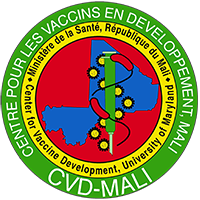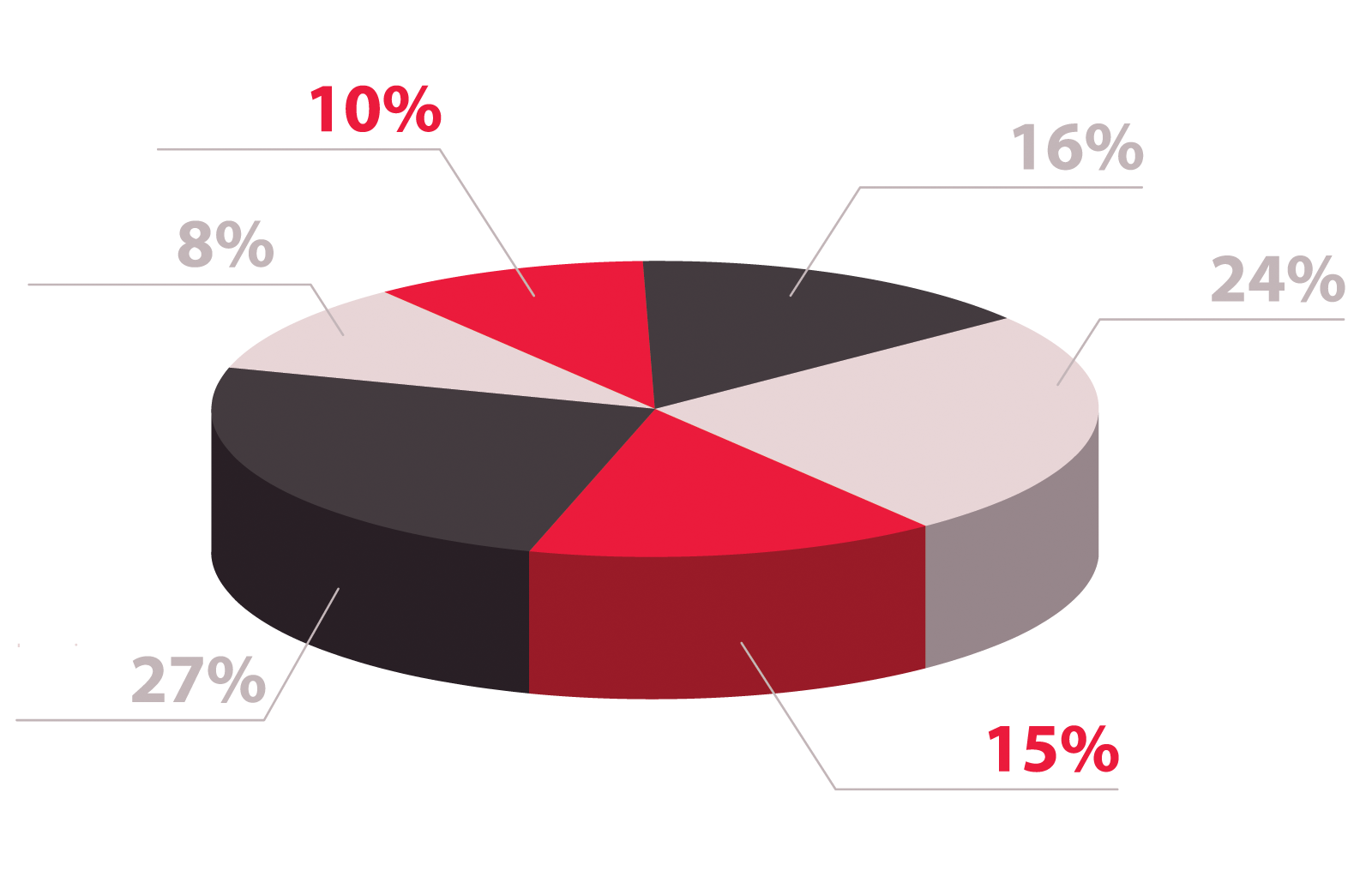
healthcare metrics
CVD-Mali established a demographic surveillance system in two low-income urban communities, Djicoroni and Banconi, in 2006.
The Djicoroni site, which also includes CVD-Mali’s headquarters, has a population of some 75,804 people and is situated in commune IV near the banks of the river Niger.
The other site, Banconi, is situated in commune I in the eastern part of Bamako and has a population of some 126,162. Both sites cover an area of 11.15 km2 and have an average population density of around 17,532 per square kilometre.
A majority of inhabitants are Muslim by religion and mostly civil servants and traders by trade while a small section of the population in the Djicoroni site engages in fishing due to their proximity to the banks of the Niger.
An average of two rounds of demographic data are collected annually, with a network of informants providing alerts about births, deaths and pregnancies in the community in real time. Verbal autopsies are conducted on all under-5 deaths occurring in the Demographic Surveillance Study zones.

